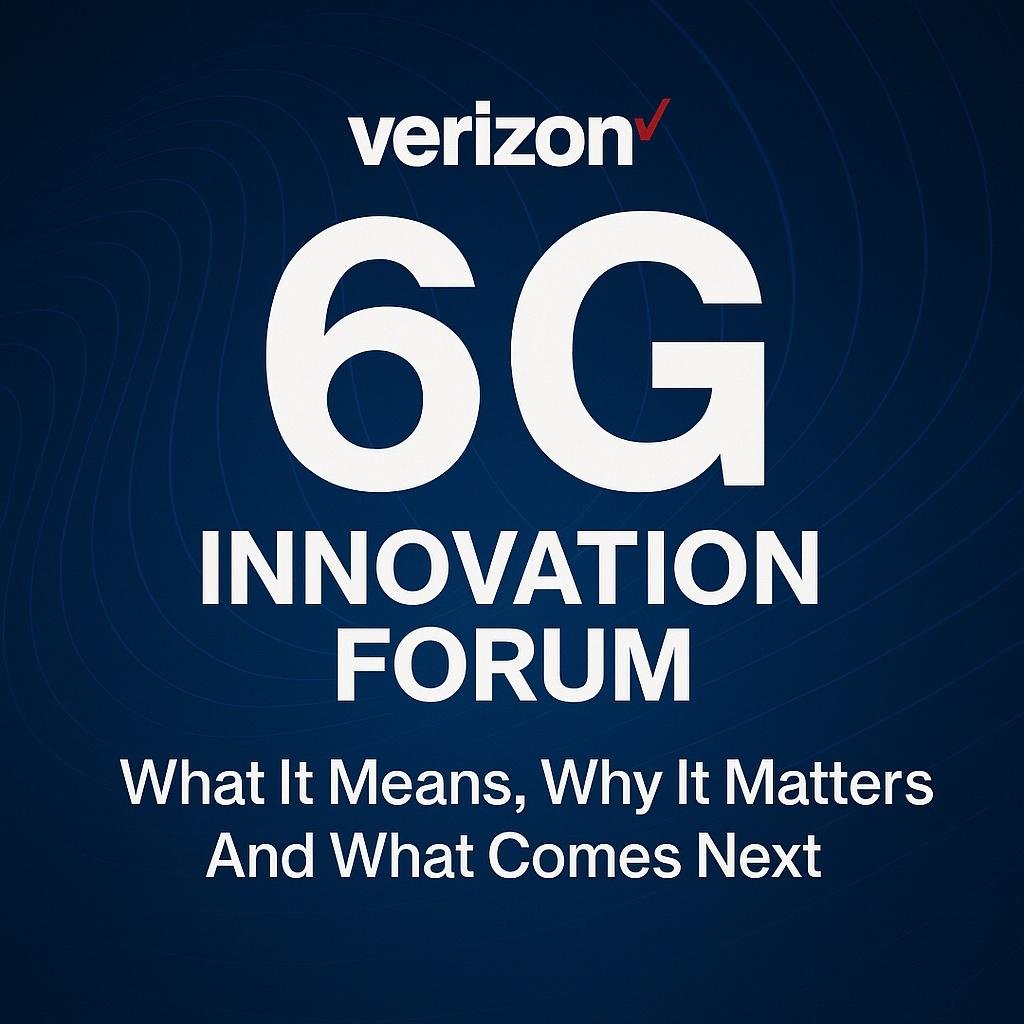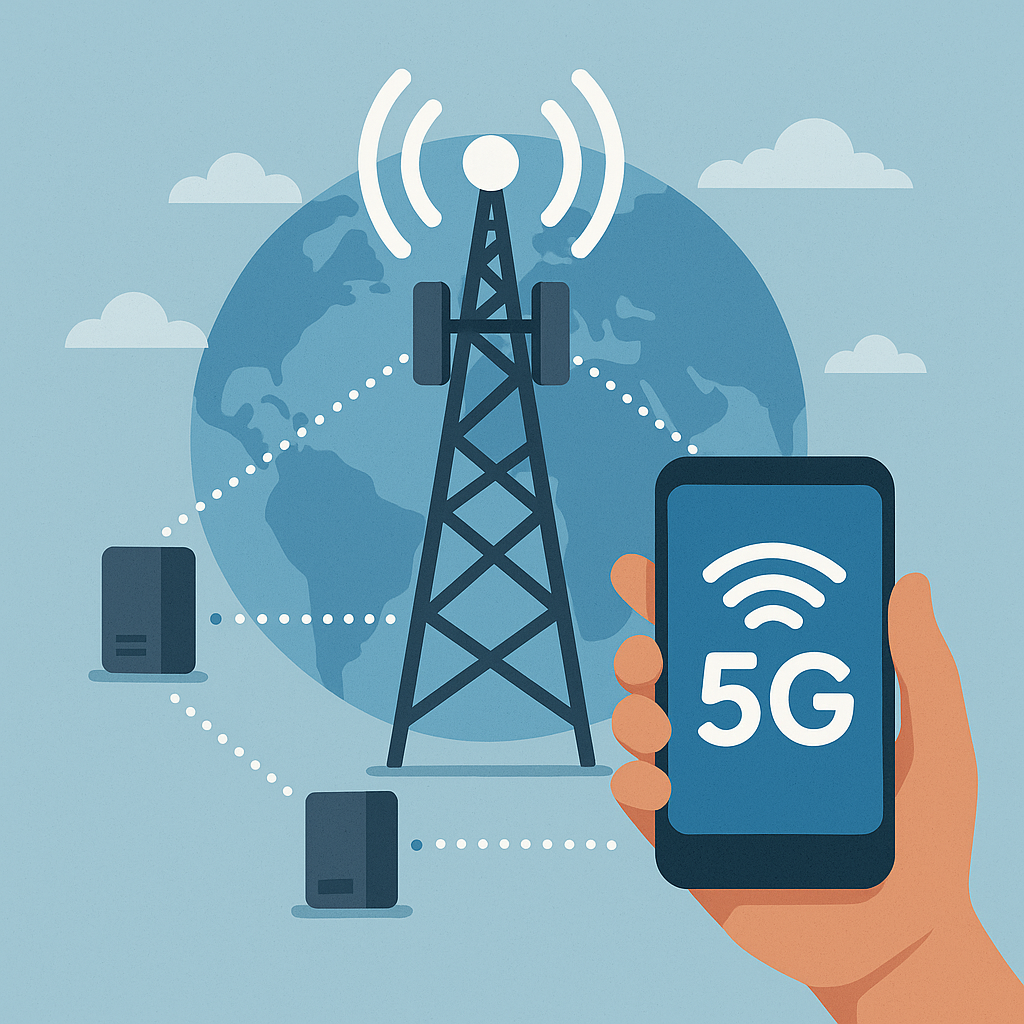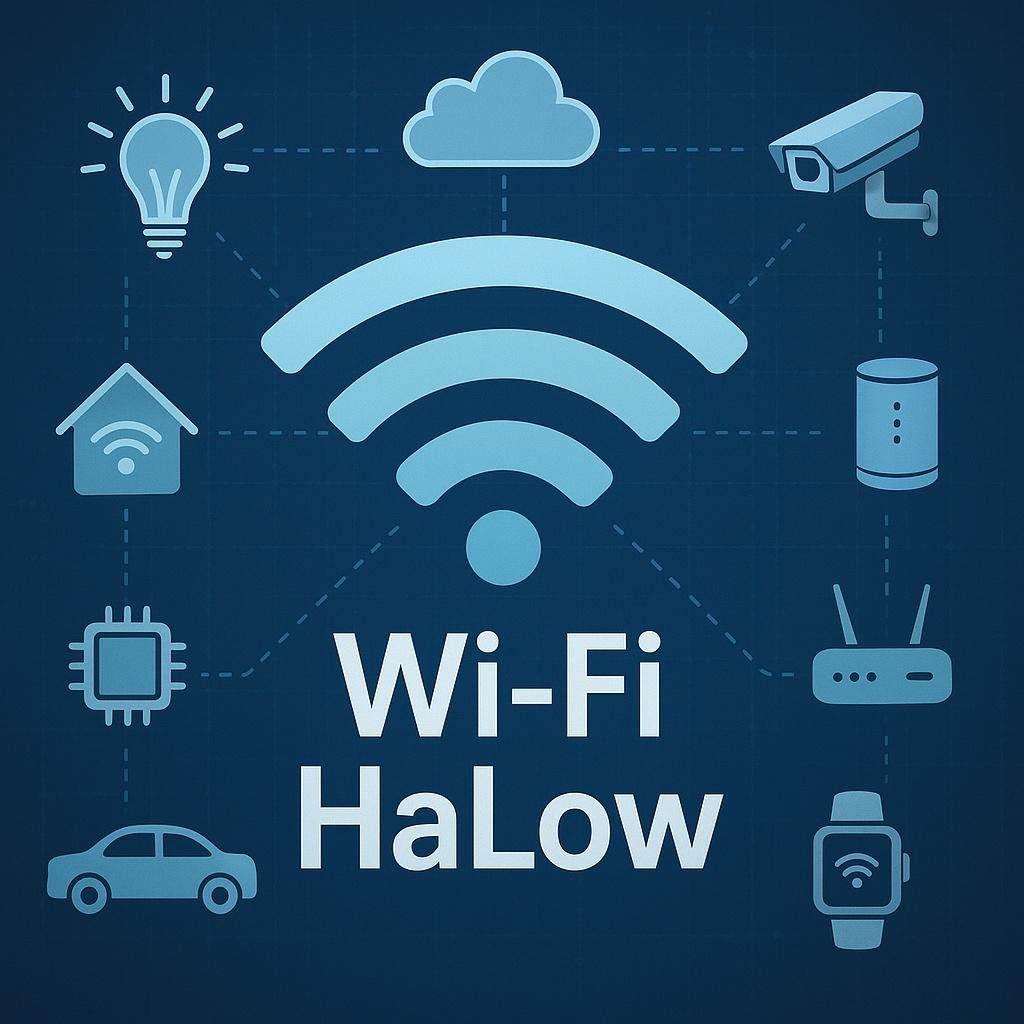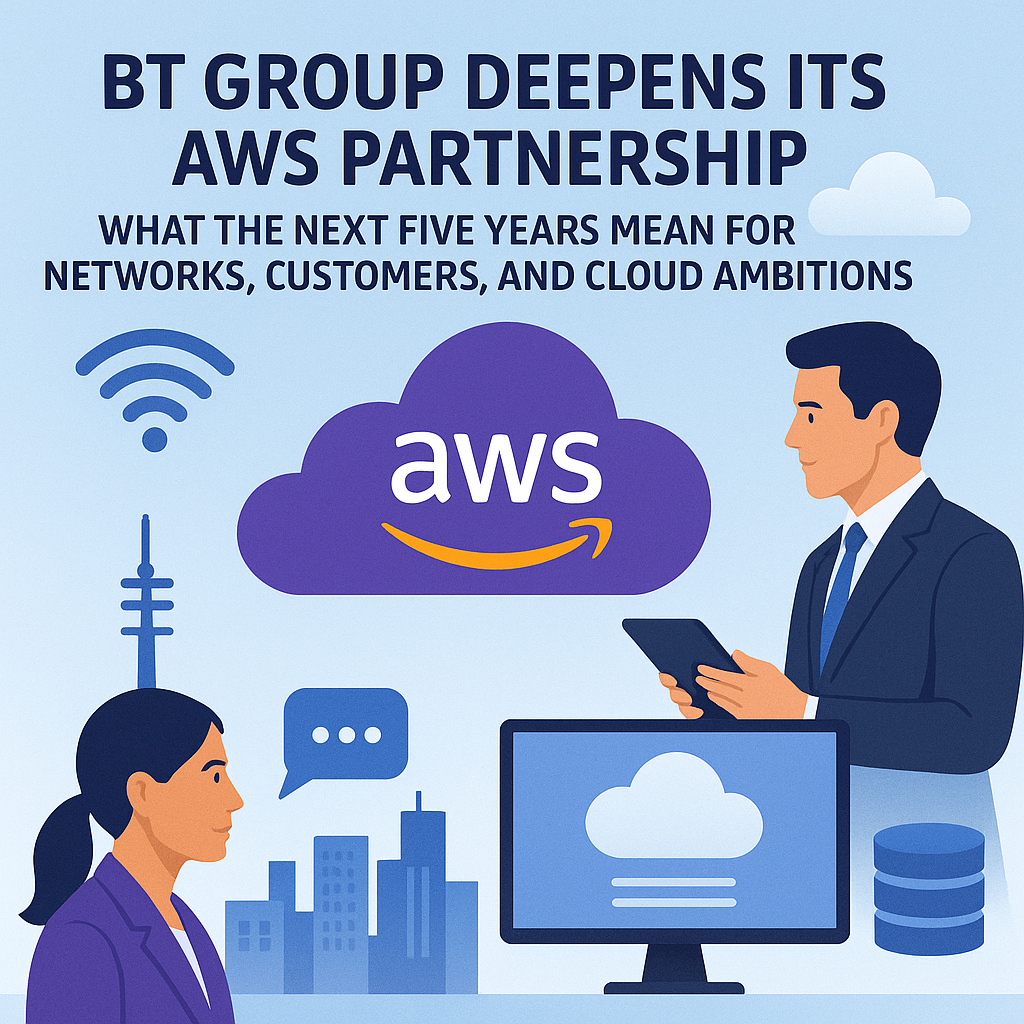Introduction
The next wave of wireless is starting to take shape. As 5G matures and 5G Advanced rolls out, attention is shifting to a bigger leap: 6G. In that context, Verizon has set up a 6G Innovation Forum to gather device makers, network vendors, platform companies, and researchers around one table. The idea is simple but powerful. If the industry defines real use cases early, the technology, standards, and investments can align around concrete outcomes rather than vague promises.
This article rewrites the news in clear, practical language and adds the depth that readers expect from expert analysis. You will find what 6G is aiming to do, why an innovation forum matters, the technical pillars likely to define 6G, the challenges that still need solving, and the milestones to watch through the end of this decade. The goal is to give you a grounded view: enthusiastic about the potential, realistic about the path.
What Verizon’s 6G Innovation Forum Is Trying To Achieve
An innovation forum is not a standards body. It does not publish specifications that handset makers must follow. Instead, it functions like a collaborative workshop with two priorities. First, it harvests use cases from people who build networks and devices, and from companies that create the applications those networks will carry. Second, it translates those use cases into technical requirements that can feed into formal standards work later.
In practical terms, that means agreeing on target performance levels for latency, reliability, positioning accuracy, uplink strength, resiliency, and energy efficiency. It also means testing bands and bandwidths early so there are fewer surprises when regulators open spectrum and when silicon makers tape out chips. Done well, a forum like this shortens time to market and reduces the risk that the ecosystem splinters into incompatible paths.
Why This Move Is Happening Now
The 6G timeline is long enough to plan, but short enough to require action today. Most experts expect early 6G deployments around the turn of the next decade, with commercial scaling after that. It sounds distant until you remember that handsets, modems, radio units, and core software each take years to design, test, and certify. Carriers and vendors also need early learning on spectrum. Without pilot results, it is hard to know whether a theoretical channel model will hold up in a stadium, a factory, or a crowded downtown.
There is another reason to start early. 5G Advanced is rolling out features that look a lot like 6G seedlings. Examples include smarter scheduling using machine learning, tighter positioning, better uplink options for cameras and sensors, and broader integration with non-terrestrial networks such as low Earth orbit satellites. A forum can help the industry treat these as stepping stones rather than side roads.
What 6G Wants To Deliver
The headline for 6G is not simply faster downloads. Yes, capacity and peak rates will rise, but the deeper story revolves around making the network context-aware and compute-aware. Think of a network that can sense motion and location with near-centimeter precision while transporting data, that can assign compute jobs to the optimal point in a distributed cloud, and that can guarantee tight end-to-end performance without wasting power.
A few capabilities stand out. Joint communication, sensing, and positioning aims to blend three functions that used to sit apart. The radio that carries your data can also act like a low-power radar to detect presence, track motion, and deliver precise indoor location. This unlocks safer robots, smarter retail, and more immersive experiences. An AI-native RAN is another pillar. Instead of bolting machine learning onto existing algorithms, 6G research treats AI as the default way to optimize beamforming, handovers, interference management, and energy use. The third pillar is a tighter weave between terrestrial and non-terrestrial networks so that coverage and capacity become more uniform across land, sea, and air.
Technical Pillars Likely To Shape The Standard
The first pillar is spectrum strategy. 6G research explores a mix of upper mid-band and sub-THz frequencies. Upper mid-band offers a balance of coverage and capacity for wide-area mobility, while sub-THz promises extraordinary bandwidth for hotspots and specialized enterprise scenarios. Early trials help answer real questions about propagation, blockage, channel widths, and device power draw. The forum’s job is to turn those questions into test plans long before regulators auction spectrum.
The second pillar is AI-native design. In 5G, AI often runs beside the network. In 6G, the network itself is designed to learn. Schedulers can adapt in real time to traffic bursts. Power amplifiers can run cooler because the radio chain learns when to rest without harming quality. Slice orchestration can be informed by predictive analytics that forecast demand across time and place. All of this must be explainable, auditable, and safe, which is a non-trivial requirement for public networks.
The third pillar is joint communication and sensing. When a base station can both transmit information and sense its environment, new applications appear. Automated guided vehicles in factories can move with higher confidence. Smart buildings can detect occupancy without cameras. Sports venues can synchronize augmented reality with live action more precisely. The forum can coordinate what accuracy targets matter, what privacy safeguards are needed, and where the capacity trade-offs sit.
The fourth pillar is integration with edge compute. 6G will not be judged by radio alone. Workloads in gaming, robotics, telemedicine, and industrial automation depend on distributed compute. A 6G-era network should make that compute feel local. That implies stronger APIs between the network and the application layer, standardized ways to express intent, and policies that place compute jobs at the optimal node automatically.
Security is the fifth pillar. More sensing and more APIs mean a larger attack surface. The 6G conversation is already leaning toward security by design. That includes quantum-resistant cryptography where appropriate, continuous authentication for devices, and robust isolation for network slices that carry critical workloads. It also includes practical operations: simpler patching, better observability, and rapid anomaly detection.
The sixth pillar is sustainability. Operators are under pressure to support growth without proportional energy use. A 6G target set will likely include energy per bit, energy per coverage area, and energy per connected device, not just peak throughput. Features such as deep sleep modes, traffic-aware activation, and AI-driven cooling can help bend the curve.
What It Could Mean For Consumers
For most people, the first 6G experience will feel familiar. Apps open quickly, videos start instantly, and multiplayer games feel responsive. The differences arrive in the edges of daily life. Indoor maps can become far more precise, which helps with navigation in malls, airports, hospitals, and campuses. Wearables can become less bulky because more compute lives in the network.
Immersive media can feel natural because motion-to-photon latency tightens enough to avoid nausea and drift. Home broadband over wireless can become more consistent in dense neighborhoods as scheduling and interference management improve. None of this requires people to learn new habits. The best networks make new capabilities feel like normal life that runs smoother.
What It Could Mean For Enterprises
Enterprises are where 6G may show its boldest early gains. In manufacturing, joint communication and sensing can follow parts and tools in real time while high-definition cameras stream inspections to an edge node that runs AI models. In healthcare, private 6G slices could support latency-sensitive monitoring in the hospital and extend to at-home recovery. In logistics, centimeter-level positioning inside warehouses cuts picking time and errors.
In media and sports, venue networks can sync content with live play, making augmented reality overlays line up with the action without perceptible lag. The forum format is useful here because it allows vertical-specific pilots that feed a common learning pool. A trial that proves a requirement in one sector can inform chipsets, radios, and software that benefit many others.
The Real-World Obstacles
Ambition is necessary, but realism is healthy. Three constraints stand out. First is spectrum policy. Different regions will move at different speeds, and not every proposed band will prove practical for mobility or for power-constrained devices. Early, transparent trial data will carry weight in those decisions. Second is the device ecosystem. It takes time to shrink radios, antennas, batteries, and heat budgets into a phone or wearable that people can carry comfortably. Third is capital discipline. Operators must improve performance while keeping cost per bit under control. That points to architectures that are open, modular, and automatable from day one.
There are also governance questions. If networks sense motion and presence, what privacy boundaries are mandatory in public spaces and workplaces. If AI makes scheduling decisions, what audit trails are required when something goes wrong. If edge nodes run third-party code, how are those workloads isolated and updated in a way that is both secure and simple for developers. A credible 6G program will answer these with policy as well as technology.
How 5G Advanced Bridges The Gap
It is tempting to think of 6G as a clean break, but the smarter view is a continuum. Features arriving under 5G Advanced are a rehearsal for 6G. Smarter uplink improves cameras and sensors. RedCap extends cellular to simpler devices without punishing battery life. Better positioning tightens indoor accuracy. Sidelink improves direct device-to-device coordination.
Each of these makes networks more useful now and prepares developers for what 6G will formalize later. For operators, that continuity matters. They can invest in software upgrades, radio features, and edge nodes today that carry forward. For enterprises, it means pilots launched this year can evolve rather than restart when 6G silicon and spectrum arrive.
What To Watch Over The Next Few Years
Watch for pilot announcements that test upper mid-band and sub-THz in real conditions. Look for reference designs that pair cameras and sensors with joint communication and sensing features. Expect to see private network trials inside factories, hospitals, and sports venues that publish performance metrics for latency, reliability, and positioning accuracy. Keep an eye on energy data as well. A convincing 6G story will include power savings per bit along with speed gains.
On the ecosystem side, pay attention to how quickly modem makers and radio vendors converge on a common set of bands and channel widths. That convergence is often the best early indicator that mass-market devices will arrive on time. Also track software. If orchestration platforms expose cleaner APIs, developers can write once and deploy across public and private networks without wrestling with every vendor’s quirks.
A Short, Plain-English FAQ
Will 6G replace 5G overnight
No. As with previous generations, 6G will arrive first in pockets and coexist with 5G for many years. Most of the early value will appear where density and performance demands are highest.
Do I need a new phone
Eventually, yes. 6G requires new radios and new baseband chips. Between now and then, 5G Advanced devices will keep improving, so upgrades will still feel meaningful.
What is different beyond speed
Awareness and precision. Networks will better understand where devices are, how they move, and what the application needs at that moment. That allows smarter allocation of both radio and compute.
Is sensing a privacy risk
It can be if handled poorly. The responsible approach is to design privacy by default, with clear policies on what gets sensed, where data is processed, how it is anonymized, and how long it is retained.
Conclusion
Verizon’s 6G Innovation Forum is a timely move. It signals that the industry wants to anchor 6G in practical outcomes: safer factories, richer entertainment, smoother logistics, more capable wearables, and more efficient networks. The big technical themes are visible already. AI will shape the radio and the core. Communication will merge with sensing and positioning. Terrestrial and satellite coverage will work more like a fabric than separate systems. Security and sustainability will be treated as first-order goals, not afterthoughts.
There is much work ahead. Spectrum must be tested and assigned. Devices must become thinner, cooler, and longer-lasting. Standards must capture what pilots prove in the field. That is exactly why a forum helps. It gives the ecosystem a place to turn promising ideas into shared requirements early, so that when 6G finally arrives, it feels less like a science project and more like a natural upgrade of everyday life.






